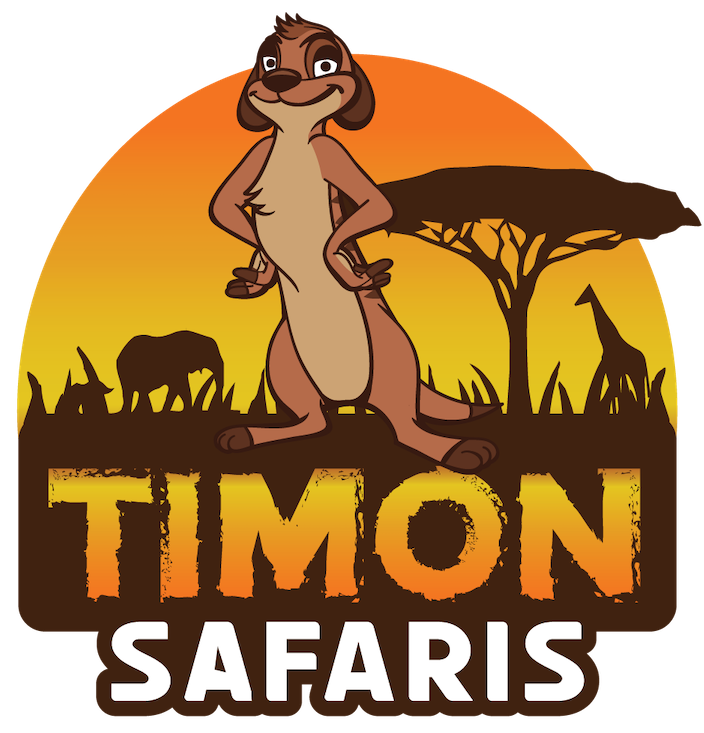Home » Migration Tracking
The Great Migration in the Serengeti is one of the most astounding wildlife migration events on the planet. Each year, around 1.5 million wildebeests, complemented by hundreds of thousands of zebras and antelopes, commence their monumental journey spanning over 800 kilometres across the expansive plains of the Serengeti National Park in Tanzania and the Masai Mara reserve in Kenya.
This continuous migration cycle is guided by the animals’ instinctive need to seek fresh pastures and water, a phenomenon that has occurred for millions of years. The migration typically follows a set circular pattern, an intricate dance choreographed by the rhythms of Africa’s weather patterns.
Throughout their journey, these animals confront countless hazards. Predators such as lions, hyenas, and crocodiles lie in wait, transforming the migration into a dramatic struggle of life and death. Natural obstacles, including rapidly flowing rivers filled with waiting crocodiles, pose significant challenges.
Despite these perils, the herds push forward, their sheer numbers creating a breathtaking and humbling spectacle. Migration also drives a vital ecological cycle. Not only does it support predator populations, but the travelling herds also transport essential nutrients across the ecosystem, aiding the health and vitality of the Serengeti plains.
Witnessing the Serengeti Great Migration is an awe-inspiring experience, a unique opportunity to observe a central and enduring narrative in the circle of life. From the individual struggles of the wildebeests to the broader ecological impact, the Great Migration is a testament to the intricate and dynamic relationships within our natural world.
JANUARY, FEBRUARY, AND MARCH
These months mark a time of new beginnings within the Great Serengeti Migration. The plains of Ngorongoro, Ndutu, and southern Serengeti National Park are the stage for a miraculous event – the calving season.
Hundreds of thousands of wildebeest give birth, their offspring quickly acclimating to the harsh realities of their environment. These young calves can be seen gambolling and grazing in the nutrient-rich grassy plains. However, this explosion of new life attracts predators, who find easy prey in the inexperienced calves.
APRIL AND MAY
As the rain, the migration advances towards the heart of the Serengeti. The herds graze on the verdant fields surrounding the Moru Kopjes in Serengeti National Park. May is a month of courtship and mating among the wildebeest.
By the end of May, the wildebeest trek towards the northwestern plains, leading to the Grumeti River.
JUNE
The migration reaches the Grumeti River, a crucial crossing point. This region of the Serengeti, comprising riverine forests, woodland, savannah plains, and rivers, is adjacent to the Grumeti Game Reserve, a bustling wildlife corridor.
The daring river crossing unfolds here as the herds journey northward to the Masai Mara in Kenya. Predators such as lions and leopards eagerly await this spectacle, turning the area into a hunting ground.
Wildlife, including Nile crocodiles, zebras, giraffes, gazelles, and impalas, also share the landscape, enriching the biodiversity.
JULY
By July, the migration pushes on to the northern parts of Serengeti National Park. The legendary Mara River, another vital crossing during the migration, presents another treacherous barrier the herds must face. During this period, the spectacle of the river crossing commences, providing dramatic scenes of survival and determination.
AUGUST AND SEPTEMBER
The river-crossing saga continues in August and September. After conquering the perilous Mara River, the expanse of the Masai Mara in Kenya greets the herds. The wildebeests disperse across these open plains, grazing on fresh pastures. It’s interesting to note that there is no fixed crossing point during these river crossings. Wildebeests choose their crossing points instinctively, often determined by the herd density at a given location.
OCTOBER – DECEMBER
As the year draws close, the wildebeests begin their southward journey from Kenya to Tanzania. The breeding grounds of the Serengeti National Park beckon them home, signifying the cycle’s completion and the promise of a new one in the upcoming year.
Enjoy your lifetime safaris with us
Subscribe to our newsletter and get the latest updates & news.
